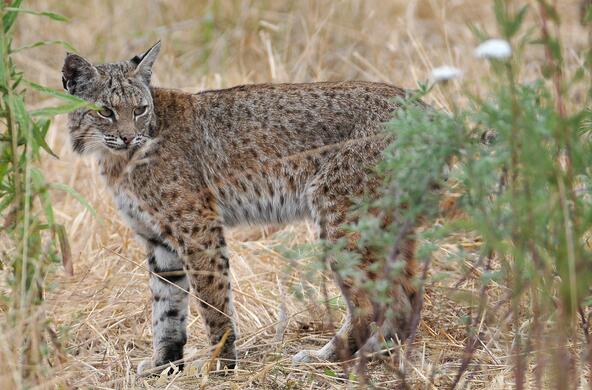Lyme disease is the most commonly reported vector-borne illness in the United States. In the Northeast, the blacklegged ticks that spread Lyme disease are increasing their range, putting more people in harm's way.
Among the lessons learned...
For more than two decades, the Cary Institute's Dr. Richard Ostfeld has been investigating how wildlife, land use, acorns, and climate change set the stage for tick-borne disease transmission.
1. Tiny blacklegged ticks called nymphs pose the greatest threat to people
Nymphal ticks, which are as small as poppy seeds, can transmit infections acquired during their larval blood meals. Nymphs are abundant from May through July.
2. Climate change is increasing tick-borne disease risk
Blacklegged ticks are expanding their range northward and nymphal ticks are emerging earlier in the spring.
3. A single tick bite can pack a double (or triple) pathogen punch
Blacklegged ticks can carry and transmit multiple disease-causing pathogens. In the Hudson Valley, one tick bite can infect people with Lyme disease, babesiosis, and anaplasmosis.

4. White-footed mice make bad neighbors
When ticks feed on white-footed mice, they are much more likely to survive and become infected with the pathogens that cause Lyme disease, anaplasmosis, and babesiosis.
5. Biodiversity is good for our health
When a variety of birds and mammals are present, blacklegged ticks can feed on non-mouse hosts that are less efficient at transferring the Lyme disease bacterium. This reduces the number of infected ticks. Also, some animals are very efficient at killing ticks. Opossums are fastidious groomers and can kill thousands of ticks each week during tick season.
6. Predators are a weapon against Lyme disease
Again, another biodiversity benefit. Landscapes that support predators have reduced Lyme disease risk. This is because predators, such as foxes, bobcats, and barred owls control the abundance of white-footed mice.
7. Intact forests harbor fewer infected ticks
Numerous studies have found that small forest fragments have a higher percentage of infected ticks compared to intact forests. This is because forest patches have lower animal diversity, fewer predators, and an abundance of white-footed mice.
8. Acorns can help forecast Lyme disease risk
Notice an abundant supply of acorns on the forest floor? This is a good indicator that white-footed mouse populations will be high the following summer. When mouse populations spike, the risk of Lyme disease increases the following spring.

Protecting yourself
Enjoy the outdoors, but be tick aware. The Centers for Disease Control recommends avoiding brushy areas, judicious use of repellents, performing tick checks, showering after spending time in tick habitat, and putting exposed clothing in the dryer on high heat to kill potential tag-along ticks.
For science-based advice on prevention and tick removal, visit this Lyme Disease FAQ developed in partnership between Cary Institute scientist Dr. Richard Ostfeld and the Dutchess County Department of Behavioral & Community Health.
Continuing research on the ecology of Lyme
Since 1991, Cary has been studying the complex interactions between variable acorn production, rodent populations, and ticks that carry Lyme disease. Current research includes studying how climate variables influence tick-borne disease risk and developing models to forecast future tick abundance in order to guide public health interventions.







